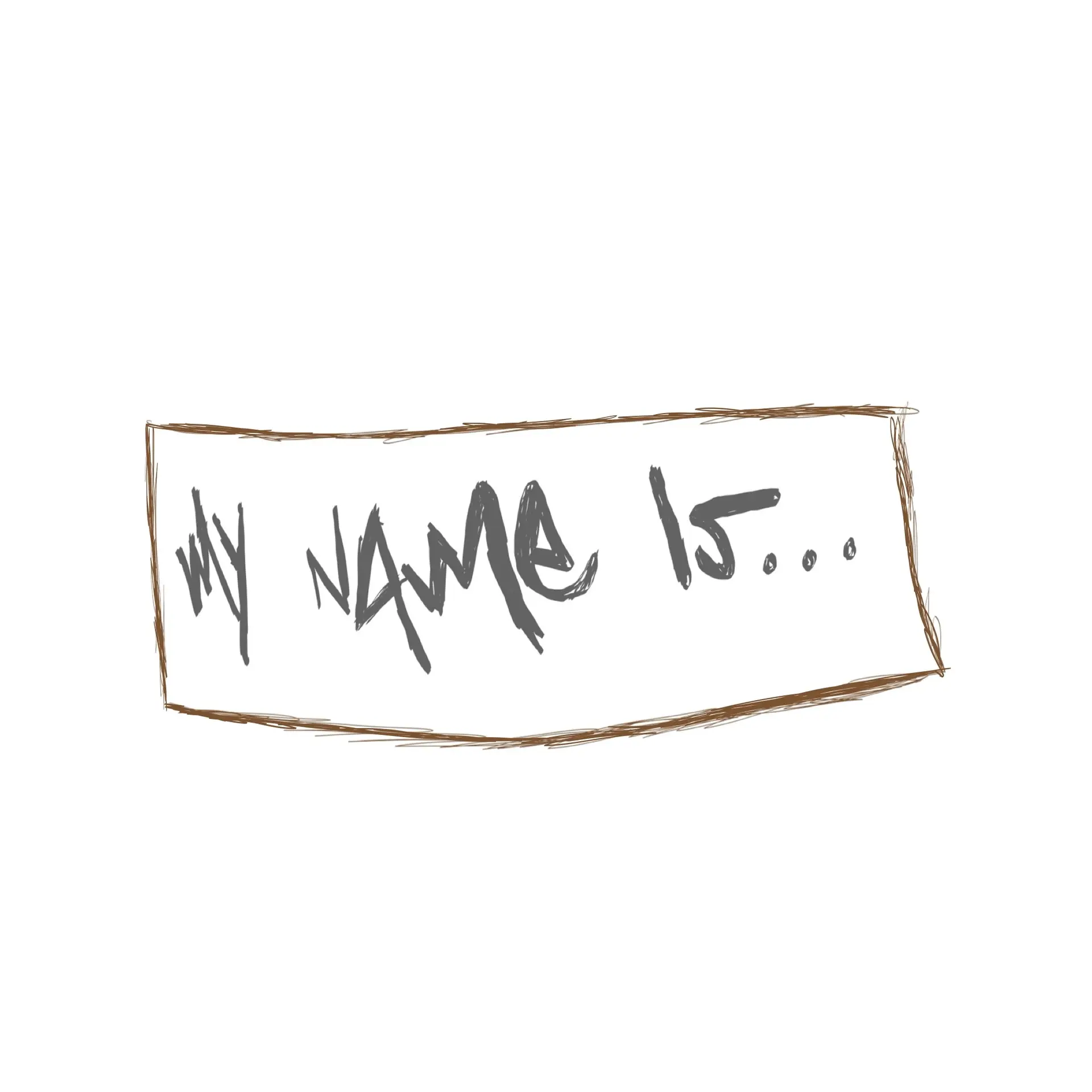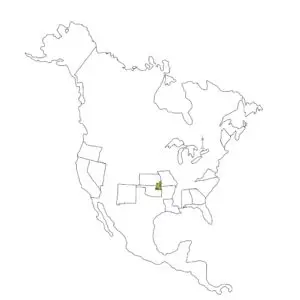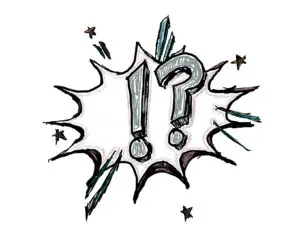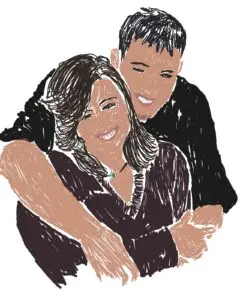What’s in a Name?

The decision to adopt a spouse’s last name—or not—is deeply personal, and certainly not one to take lightly. This is especially true once you’re past 40, when your name isn’t just a name anymore. It’s your career, your accomplishments, your digital presence, your reputation.
Changing it can feel like unraveling a web you’ve spent decades carefully building.
And then there’s the bureaucracy. Real ID requirements. Passport updates. Social Security office visits that require both time and patience you may not have. It’s enough to make you wonder why this tradition persists.
At least, that’s where I found myself—not just questioning if I should change my name, but why the expectation is still so strong in the first place.
This wasn’t my first time standing at the crossroads of identity and tradition. I’ve been married before. Divorced, too. I’ve changed my name—twice—and dealt with all the legalities that come with it. The paperwork, the fees, the hours spent collecting and presenting documents that prove who I am and who I used to be. Even now, years later, I still have to carry those name change records with me when dealing with government agencies. My identity, it seems, is always followed by an asterisk.
So when faced with the decision yet again, it wasn’t just about tradition or symbolism. It was about the very real exhaustion that comes with reinventing your identity—on paper and in practice. The name change process isn’t just a romantic gesture; it’s a bureaucratic maze. One that I’ve already navigated twice.
And it made me ask: how many times do I have to redefine myself for the sake of tradition? How many times do I have to start over?
When I took a step back, the irony hit me: we’ve been together for nearly 14 years. Fourteen years of commitment, growth, love, and life—all without sharing a last name. We’ve built a home, weathered storms, supported each other through careers and crises. We are, in every way that matters, partners.
So why start with tradition now?
It’s not that I don’t respect tradition. But modern relationships often evolve outside those old frameworks. We create families without the ceremony. We build lasting partnerships without the paperwork. We commit without needing to change who we are—legally or otherwise. And in many ways, that makes the bond even stronger. It’s a choice, not a checkbox.
Still, I’ll admit—I was hesitant to bring it up with David. He can be traditional in certain ways, and I wasn’t sure how he’d take it. Would he feel hurt? Disappointed? But to my relief, he understood completely. He listened. He got it. And in that moment, I was reminded of one of the many reasons we’ve lasted this long: at the core of our relationship is respect. He didn’t need a name change to feel married. He already felt it—because we live it.
So while the world might see a shared last name as a symbol of unity, I’ve come to realize that our unity doesn’t need symbols. It shows in our shared history, in our inside jokes, in the way we take care of each other when no one else is watching.
Names can change. But the foundation we’ve built over 14 years? That’s as real as it gets.
⸻
In the end, I chose to keep my name—not as a rejection of love, but as an affirmation of self. After all these years, I’ve learned that honoring your relationship doesn’t have to mean sacrificing your identity. It can mean standing side by side as two whole people, choosing each other every day, without needing the same last name to prove it.
Love isn’t less valid because it doesn’t follow a script. Sometimes, the most modern thing we can do is write our own.





